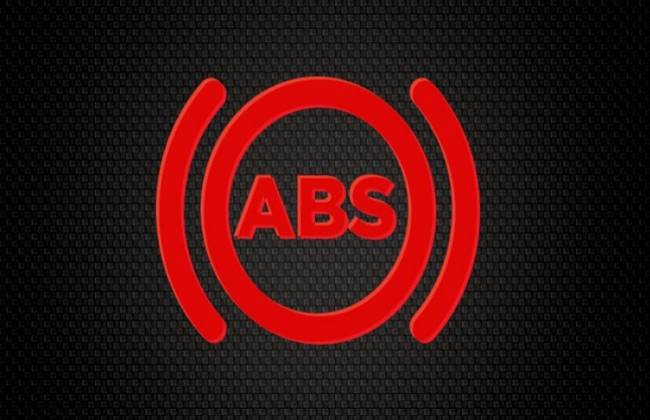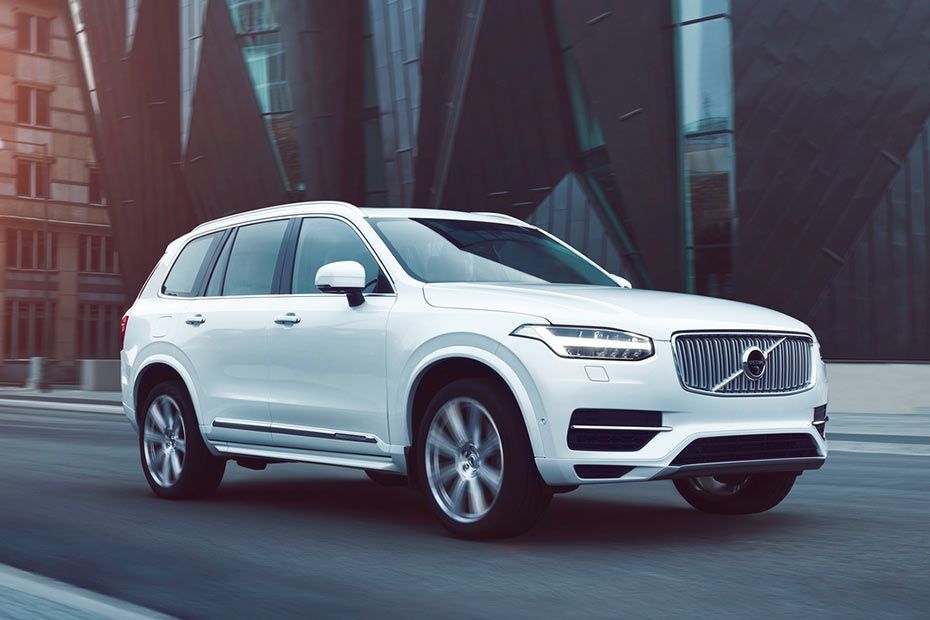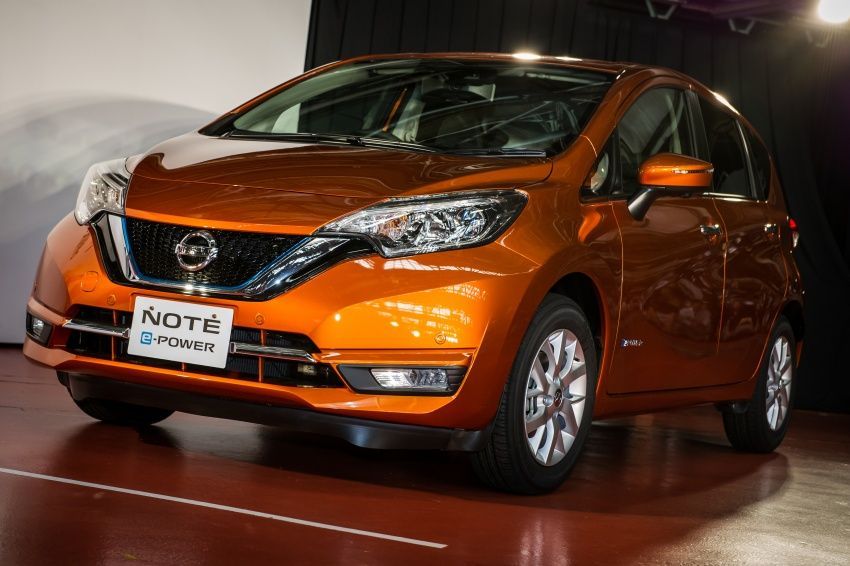8 Car Safety Features And How They Work
Published On Jun 10, 2016 12:51 PM By Tushar
- Write a comment
Vehicle safety is no joking matter, but it can be a little confusing at times. Abbreviations like ABS, EBD and BA are thrown into brochures and news reports, but while having them is always a good thing, you may be unsure as to what they mean and how they work.
So here’s a list of 8 common safety technologies used in cars, along with quick and easy to understand explanations on how they work:
ABS / Anti-Lock Braking System

As the name suggests, ABS prevents the wheels from locking up when you hit the brakes hard and is especially useful when the roads are wet. When you slam the brake pedal (or if you brake on a slippery surface), you run the risk of overwhelming the tyres, causing them to lock up and lose grip. ABS uses a set of pumps and sensors to control the stopping power and the system breaks your car’s momentum with small, rapid braking inputs that take place several times every second.
This is why you can feel the brake pedal pulsating when ABS kicks in, as the system is applying the brakes in several small doses. Not only does this give you more control when you brake (because your grip is maintained), it also reduces your braking distance.
EBD / Electronic Brake-Force Distribution

Give one employee all the work in the world and he won’t work efficiently. To ensure productivity you have to delegate tasks based on the how many responsibilities each employee can handle at a given time. Similarly, when you apply your brakes, the force has to be divided among all the tyres based on how much grip they can offer in a given scenario. This is where EBD comes in.
The weight supported by each tyre of your car is never uniform and changes when you accelerate/brake, take a turn and even depends on your passenger load plus the weight distribution of the car itself. The tyres that have the most weight on them offer the best grip because the load pushes them into the road more, and hence, when you press your brakes, EBD automatically sends more braking power to those tyres.
Simply put, it sends more braking strength to the tyres that have the best grip and activates before ABS has to step in. So EBD sends more stopping power to the tyre with the best grip, and if that risks locking the tyre ABS will prevent it.
BA / Brake-Assist

Also known as emergency brake-assist, the system is like a brake amplifier and multiplies your braking input in emergency stop situations. Very often, drivers don’t apply the brakes hard enough in panic braking scenarios. The system monitors factors like the car’s speed and braking patterns under normal conditions constantly.
When you normally use your brakes, you press the pedal gradually and gently. When you press the brake in a manner that is sharper and quicker than usual, the system detects an emergency and the brake strength applied is greater than the pressure on the brake pedal, making up for errors in judgement / any delayed reaction by the driver.
TCS / Traction Control System

Traction control monitors the grip offered by each tyre, generally by using the same sensors that support ABS. If an individual wheel moves faster than other, TCS detects this and automatically applies a dab of the brakes to that particular wheel, in order to stop it from spinning out of control. Some systems even reduce the power sent to a wheel if slip is detected.
It is a very important feature in more powerful cars as their grunt delivery can prove to be too much for the tyres to handle. Stunt drivers have to deactivate traction control to let their cars slide or do 360-degree turns (also known as doughnuts). Unlike the systems mentioned before, TCS does not need any braking input to activate.
ESP / Electronic Stability Program

ESP monitors the driver’s inputs and compares it to the vehicle’s actual behaviour. It mainly relies on ABS and TCS and uses them to keep your car stable. If there’s a difference in the steering wheel’s angle and the direction the car is moving in, ESP will control the power and braking strength sent to each wheel, using sensors that read the wheel speed, steering angle and side-to-side movement of the car.
Let’s take this example - a truck in front of you comes to a sudden stop when you’re at a high speed. You turn the wheel to the left to avoid crashing into it, but the tyres can’t offer enough grip for such a sharp turn, causing understeer i.e. the steering sensors know that you’ve turned left, but the sensors monitoring the car’s side-to-side movement know that you’re still moving straight ahead. ESP will reduce any throttle input, apply the brake to get the car’s weight onto the front tyres (to get more grip) and help you swerve into the next lane.
HHC / Hill-Hold Control
This feature is specifically offered to prevent your car from rolling back when you’re on an incline. The system uses sensors to determine if your car has stopped at an angle (of around 3-5 degrees) and holds the brakes for a few seconds, if you let go of the brake (automatic transmission cars) or clutch and brake (manual transmission cars). This gives you enough time to get back on the accelerator and move ahead, without the risk of rolling into a car or object behind you.
TPMS / Tyre Pressure Monitoring System
Quite self-explanatory isn’t it? TPMS checks your tyre pressure to ensure that your car is driven while offering the best grip, handling, comfort and stability. Maintaining the recommended tyre pressure is very important as underinflated tyres reduce your efficiency and increase the risk of a blowout as well. Many systems tell you the exact air pressure in each tyre, while others simply warn you if the pressure is below the required level.
SRS / Supplementary Restraint System

While the other features here prevent an accident from happening, this is a key feature to protect you when and if you do get into an accident. SRS simply refers to airbags, which are your final safeguard when the worst happens.
1 out of 1 found this helpful










